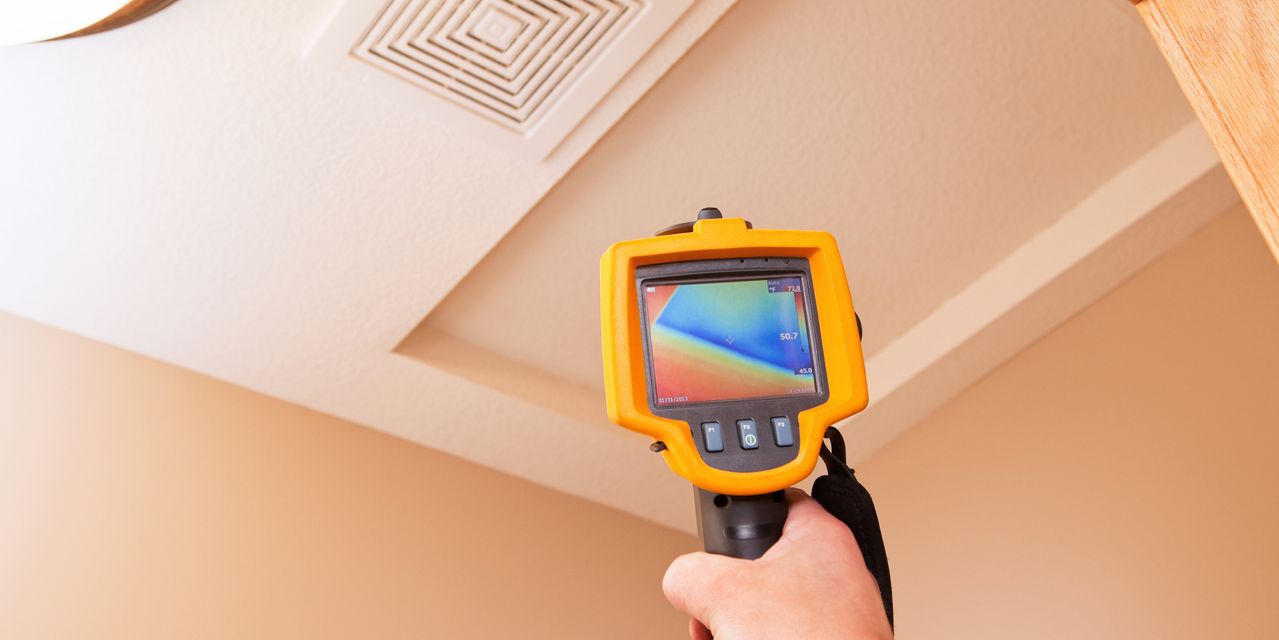The historic heat wave punishing much of Texas and accounting for a record string of extreme-heat days for Arizona highlights the summertime perils facing homeowners. Running the air conditioner nonstop means high electricity bills. Summer thunderstorms and heat waves also increase the chances of prolonged power outages. Air conditioners break down and need to be replaced.
Related: July 2023 was the hottest month ever recorded. Blame global warming and El Niño.
It might surprise you to know that a well-insulated and air-sealed home protects your wallet on all three fronts.
If your home is 10 years old or more, chances are it was built to outdated energy code standards, which means it likely needs insulation and air-sealing upgrades, particularly in the attic.
A well-insulated home means lower utility bills during those months when your air conditioner or heating system works hardest. A recent study by the international energy consulting firm ICF found that updating the insulation and air sealing in homes to modern energy code standards produces annual energy savings of 10% to 45%, depending on where you live.
Read: What Hawaii’s deadly wildfire teaches all American towns about climate risks
Better insulated homes also maintain indoor air temperature during extreme weather power outages. This means families can shelter in their homes longer. A recent analysis by the Department of Energy found that homes built to modern energy code standards allowed residents in Houston to stay in their homes during multi-day summer power outages for up to a week. That’s four days longer than how long residents can expect to safely remain in homes built to older energy code standards.
Sooner or later, older air conditioners need to be replaced. This usually happens when units are overworked during hot weather. And now, homeowners increasingly replace standard central air conditioners with heat pumps, designed for both heating and cooling. Heat pumps are highly efficient and require low maintenance. But when a heat pump system is installed in a poorly insulated home, electric bills can soar.
A well-insulated and air-sealed home requires a less powerful heat pump, which costs less to purchase and operate. It also reduces the energy required to keep a home at a comfortable temperature. The average residential customer who both weatherizes and converts their home to heat pump heating and cooling can expect to save between $150 and $1,200 per year, with most households saving between $500 and $800 annually.
The good news is federal tax credits are now available to significantly reduce the cost of improving your home’s insulation.
The recent 25C energy efficient home improvement tax credit covers 30% of the cost of insulation and air-sealing materials, up to a maximum of $1,200 in each calendar year.
Homeowners can claim this credit in addition to the $2,000 tax credit that is available for qualifying heat pump heating and cooling systems. These incentives, when combined with the lower heating and cooling bills that result from proper insulation and air sealing, make insulation home improvements an investment that pays for itself in a few short years.
Curt Rich is the president and CEO of the North American Insulation Manufacturers Association.
Read the full article here





